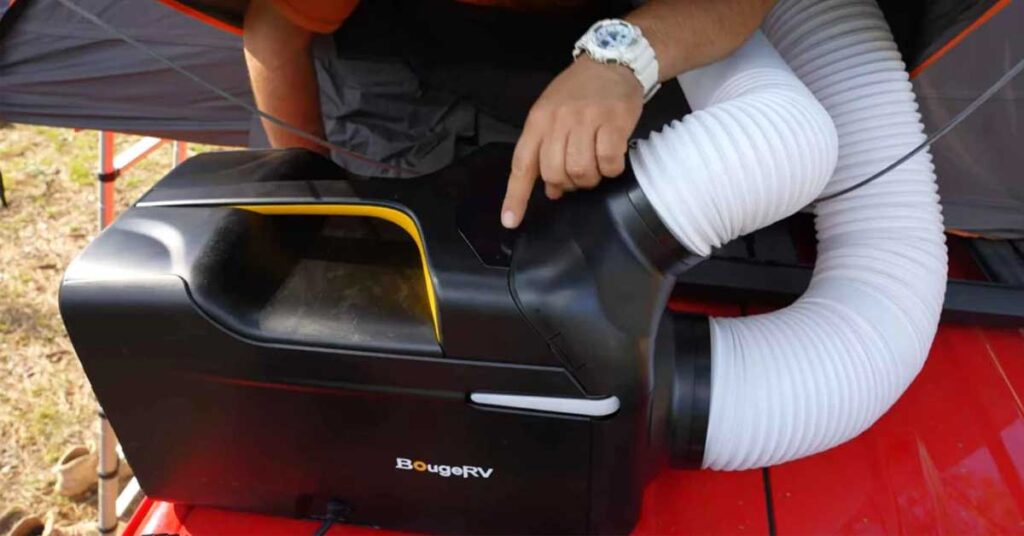ⓘ Featured image credits: Pexels; References: Ministry of Steel
A lifting operation is an activity that involves the lifting and lowering of heavy goods or items. A lifting process may be performed manually or using lifting equipment. Manual lifting, carrying, sitting down, leaving or moving is often referred to as standard handling of loads such as:
- Loose Bulk Materials
- Sacks, Bags, Pallets and Stillages
- Large Concrete Blocks
- Heavy Tools and Machinery
- Construction Material
Hazards associated with material handling via lifting equipment
Though there are numerous types of potential hazards associated with material handling via lifting equipment, here are the most common ones:
- Overturning or capsizing of crane
- Breakage of ropes and chains
- Objects falling from a height
- Vehicle collisions
- Electrocutions
- Wrecking due to heavy wind
Preventing dangers associated with lifting equipment
Though there are numerous advantages of modern lifting equipment. At the same time, there is a chance for hazards to happen. Let us outline some precautions to prevent hazards associated with lifting equipment.
1. Training
Your primary objective should be the protection of your workers and prevent accidents involved in material handling. Give them time to understand your facility or plant. Educate them with the proper handling of machinery and equipment.
Ensure supervision and management while during work as there might be some activities that would require detailed formal training based on the manufacturer’s instructions. Assess competence of workers that might include medical fitness and physical and mental aptitude for material handling.
Appoint supervisors and managers holding experience in the domain of material handling and lifting equipment. This would ensure that the trainers themselves are experienced professionals having relevant skills and knowledge. For example, many types of equipment lifting machinery and vehicles encompass China hydraulic cylinders system, but every worker working out on cranes doesn’t necessarily possess knowledge of what a hydraulic cylinder is made of and the dangers of exposure to the fluid in hydraulic cylinders, and many similar cases. This type of knowledge is evident if you are hiring individuals of the managerial level.
2. Optimal use of lifting equipment
Your workers need to be aware of potential risks associated with operating on lifting equipment. To avert any potential injuries and dangers, workers need to know the optimally utilise equipment. Common guidelines would include:
- Prevent overloading i.e. not exceeding the rated load capacity.
- Operating the equipment in an area for which it is not designed.
- Only stable or safely arranged loads shall be handled.
3. Lifting equipment – Precautions
- Rigging equipment for material handling shall be visually inspected prior to use on each shift.
- Hydraulic cylinders such as China hydraulic cylinder system used across various machinery require special precautions as hydraulic lines may rupture – leading to severe injuries.
- Fuel tanks shall not be filled while the engine is running. Spillage shall be avoided.
- Spillage of oil or fuel shall be carefully washed away or completely evaporated and the fuel tank cap replaced before restarting the engine.
- Belt conveyors shall be fitted with emergency trip wires (pull-chords) or stop buttons, which must be fully operative at all times.
- Cab Platforms and walkways shall have anti-skid surfaces.
- All electrical equipment shall be properly grounded and protection shall be provided against lightning.
- When the operator is operating the crane, the operator shall remain in stationary position.
Unveil the complete and recommended guide on Ministry of Steel
ⓘ LAFFAZ is not responsible for the content of external sites. Users are required to read and abide by our Terms & Conditions.








